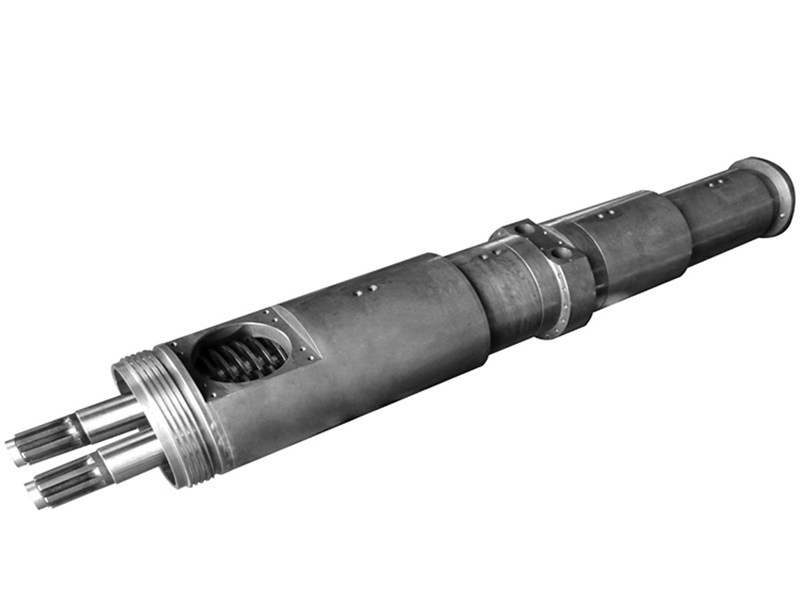

Injection moulding is a manufacturing process that invo […]
Injection moulding is a manufacturing process that involves the filling of cavities with liquid or semi-solid material, usually plastics, and then implanting the moulds into a workable object. The cavities are usually made from either soft rubber or thermoplastic materials. The product is placed into the cavities which are created by the feed system, which forces the material through the machine's moulds by using moving parts such as rollers and a plunger. As the material passes along the mould, it gets compressed by the machine's powerful rotating parts, until the desired solidifies at the end of the cycle. A screw thread on the down side of the component acts as a locking mechanism to hold the mould in place, although some other types of screws may also be used.
Plastic products can be melted together by the high temperatures generated by the machine's fan and once cooled, they get pushed through the channels of the cavities using the threads located on both sides of the cavity. Depending on the type of material, the channels are either straight, curved, or have an interlocking design, depending on the required properties of the item. Once through the holes, the product is fed through a die at which it is fired with a spur of compressed air. The air seals the cavities to ensure the plastic gets pulled into a solid shape as it is fed into the tooling tool. This entire process of manufacturing is completed inside a metal container called a clamp, and the finished product is removed from the mould in a separate container.
There are two types of screw barrels that can be used. The first type is called an open end screw barrel, and the other is called a closed end barrel. The former type features two parallel threads on each end of the barrel, and it can be opened up while the product inside is still in the cavitation chamber. This feature makes it very convenient for use in areas where access to a standard V configuration drill is not possible. Closed end barrel, on the other hand, features only one threaded end that fits into the drilled hole, and it can be closed when the product is no longer needed.
Before starting the assembly of a plastic product, first the material must be placed inside the cavitation chamber. Once this is done, a cylindrical plug, containing an aluminium sleeve, will be pushed into the material. This cylindrical plug will be inserted into the upper end of an interlocking mould in which the screws will be inserted into. Once the screw barrels have been inserted into the material, the mould will be spun around by the motor. As the rotation goes on, the mould will create the holes for the screws to enter inside.
The next step entails feeding plastic material into the mould until the mould reaches its peak position. Then the plastic will be spun again, until the plastic extrudes outwards. At this point, the plastic product will be inserted back into the mould, where it will continue to cool until it is ready for use. After the plastic product is cooled down completely, it will then be trimmed by the slicing machines.
www.cjscrewbarrel.com
